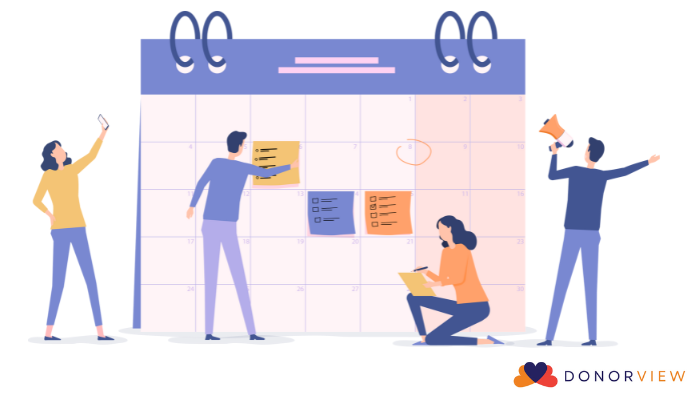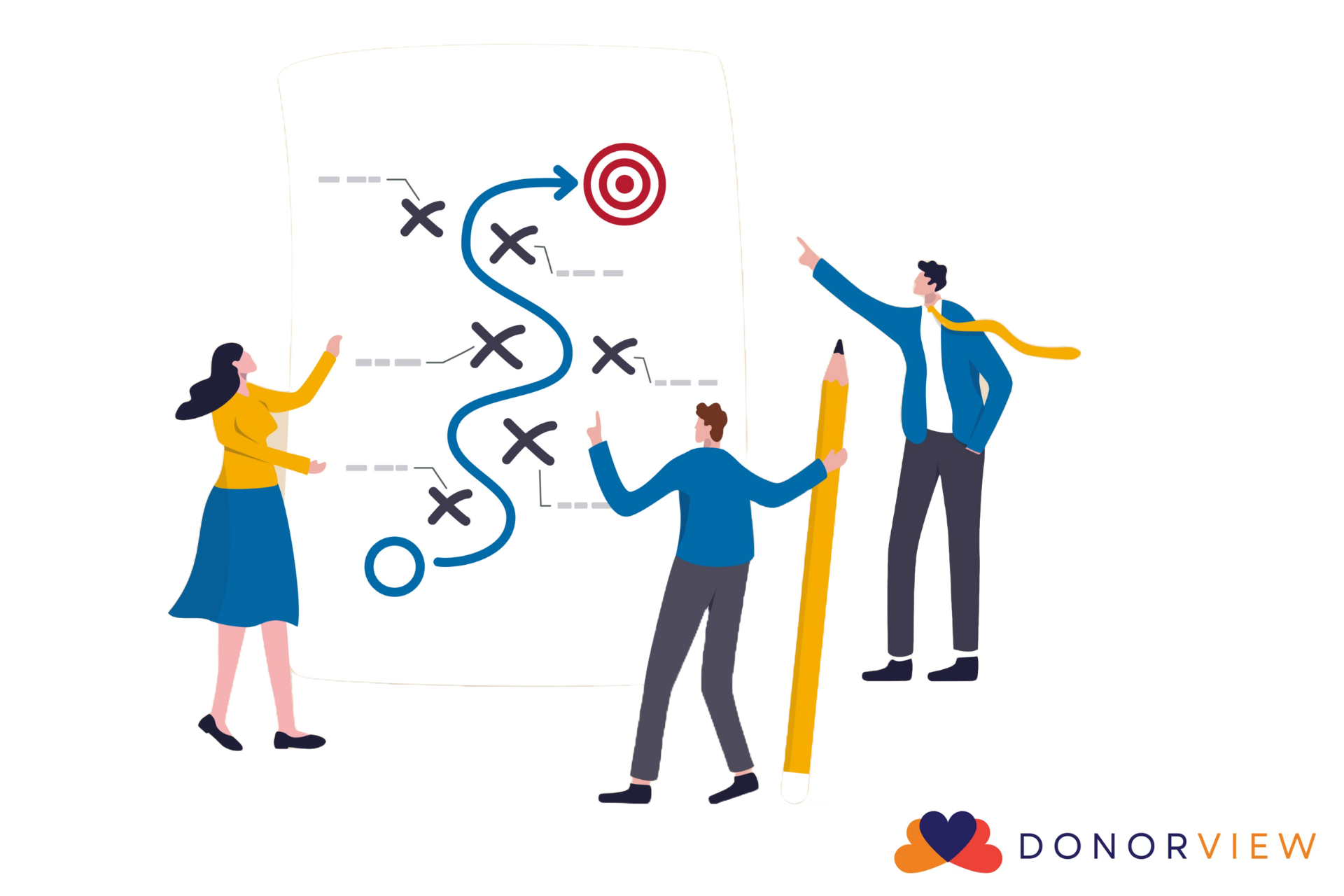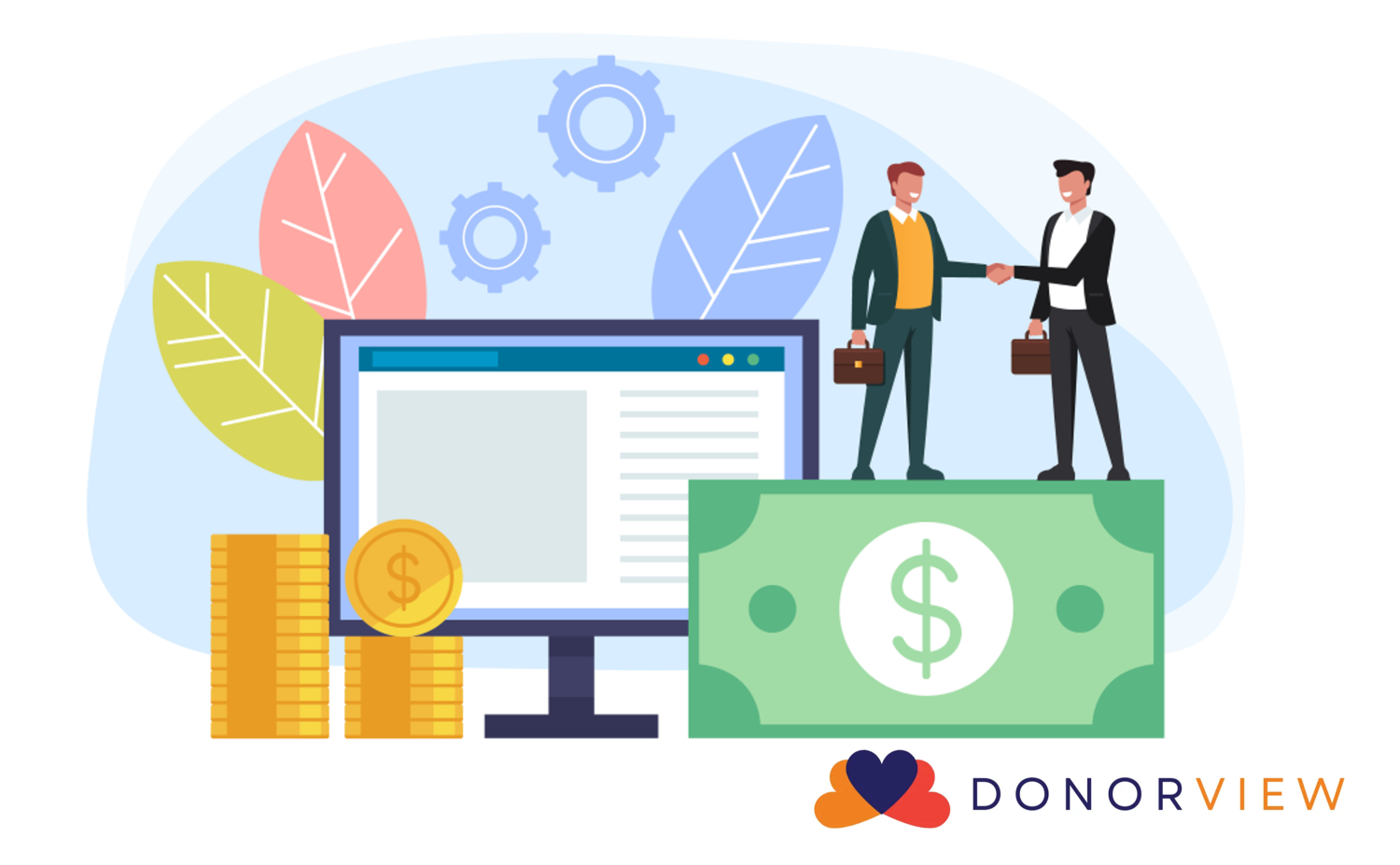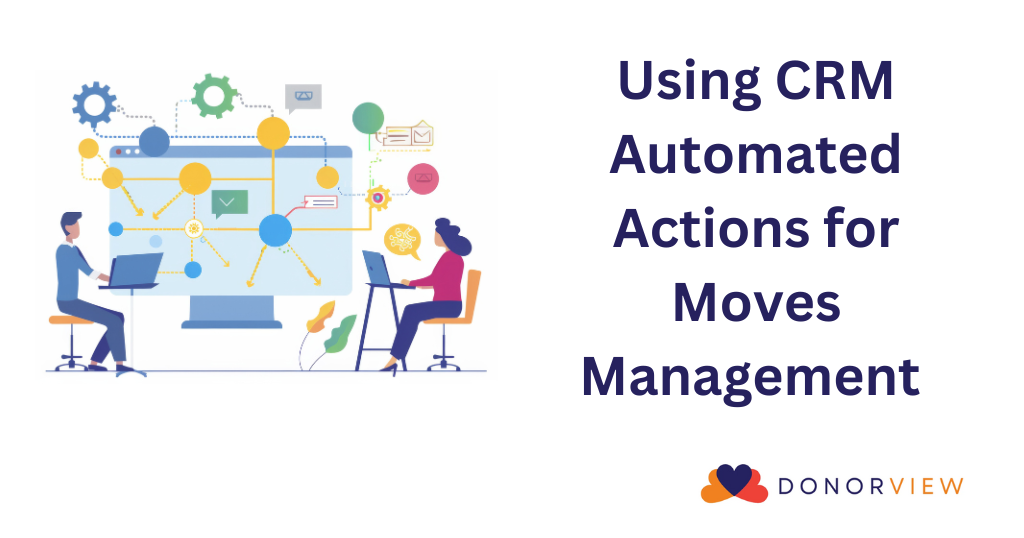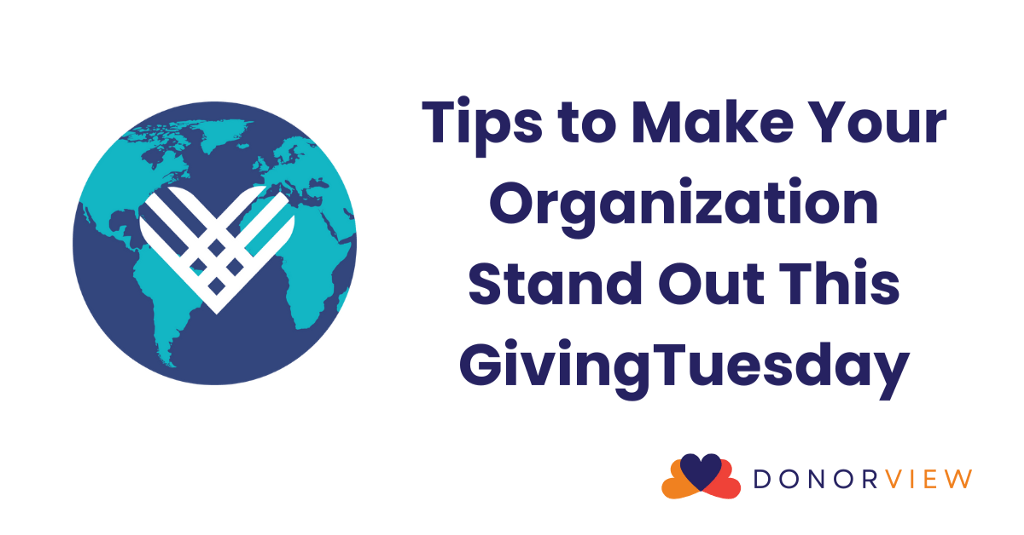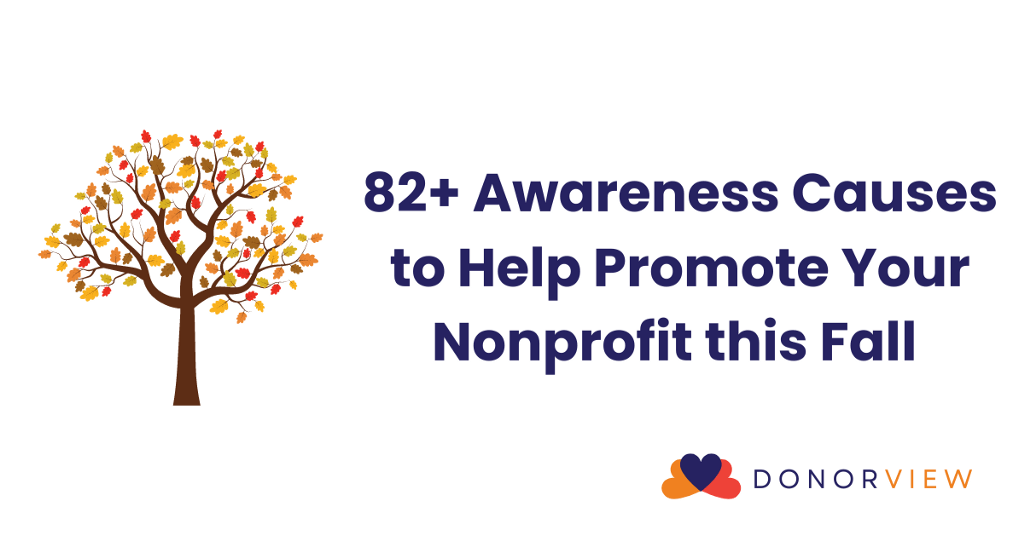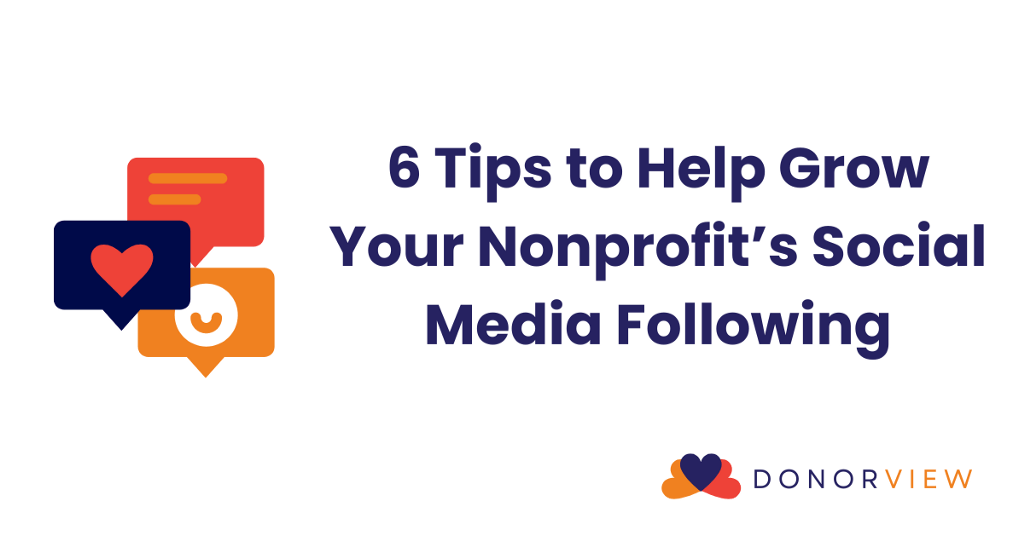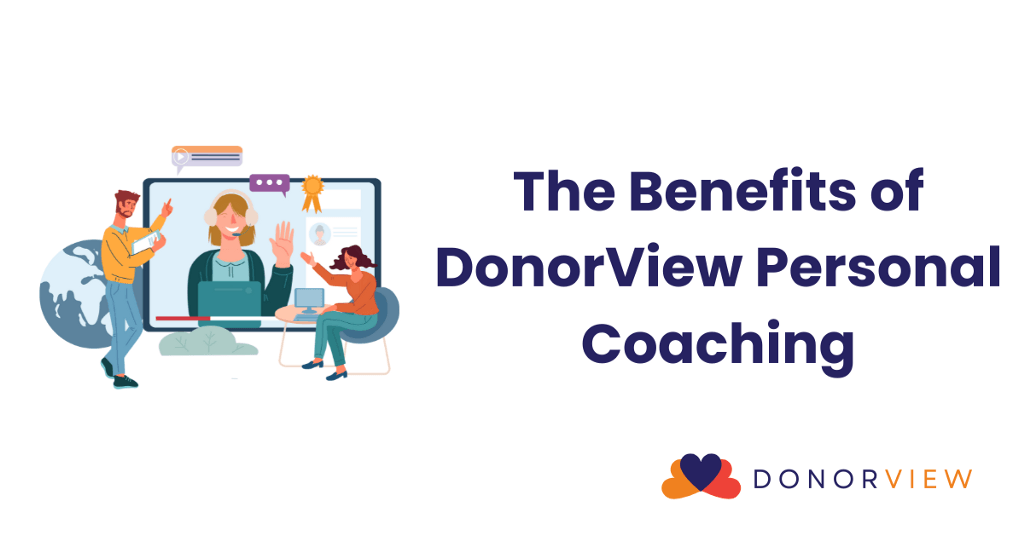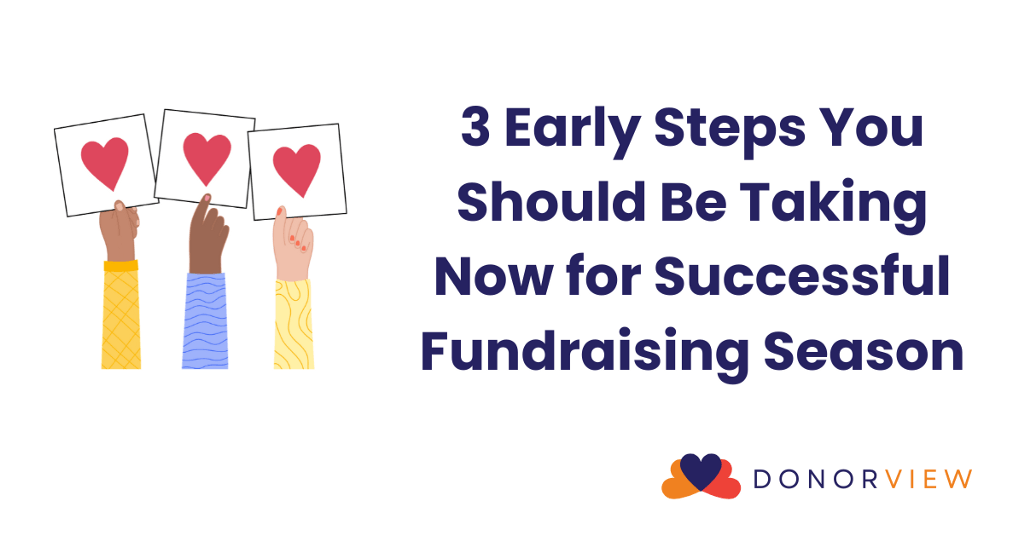Summer and all the events that come with it are almost in full swing!

Summer and all the events that come with it are almost in full swing! Stuck on ideas or unsure of your next fundraising event? We’re here to help you get creative and grow your donations with these upcoming special dates and summer fundraising activities!
1. A Night of Live Music
One thing people are looking forward to most is summer concerts and live music. Help out some local musicians or bands and host an outdoor benefit concert for your organization! This is a great opportunity to spread awareness about your organization all while giving your community a fun night out.
2. Happy Hour for a Cause
New breweries and wineries are popping up all over the country! Partner with one of the local breweries or wineries in your area and host a happy hour fundraising event. A portion of all sales can go directly to your organization and you can set up a table during the event to further spread awareness. It’s a win-win!
3. Movie Night Under the Stars
Lounging outdoors is becoming one of the most fun ways to watch movies! Rent equipment or utilize your resources to project a movie onto a big screen or background somewhere in your community. Whether you have an admission or make it a donation-only event, you’ll be sure to see a great turnout!
4. Community Cookout
Host a BBQ/cookout event for the people in your community to come and enjoy some food while getting to know your organization. July 20th is National Hotdog Day- combine the two and you’ll be sure to see people eager to celebrate!
5. Festival Fun
Summer is filled with farmer’s markets, county fairs and festivals attended by thousands! Partner with these fun-filled summer events and set up a booth to fundraise while spreading your organization’s mission.
6. Field Day Extravaganza
Have a day where your organization hosts a field day at your organization’s facility or in a public space. You can invite members of your organization and the public to make it a fun day for all! Include classic carnival games, sports and challenges for families to participate and have fun! This also gives you a chance to raise awareness of your organization and collect donations.
7. National Dog Day & DOGust 1st
Whether your organization serves animals or not, you should probably be aware that National Dog Day is on August 26th AND DOGust 1st is on the first day of August! If you aren’t aware, this is the universal birthday for shelter dogs. If your organization serves animals, this is a prime time for you to market your organization and celebrate your pups available for adoption! Try hosting an adopt-a-thon, donation drive or a special open house event at your shelter this summer!
8. Hit the Golf Course
Golf is a great way to bring in a variety of supporters to learn about your organization all while enjoying a timeless sport. Get kids involved with mini-golf, putt putt tournaments, raffles and games! Want to make this a ticketed event? Sell your tickets virtually right in DonorView.
9. Run for Fun
This is one of those fundraisers that continues to stick year after year. Gather your community and enjoy some activity in the outdoors by hosting a 5K/FunRun. Get more people involved by making your 5K a peer-to-peer campaign within DonorView.
10. Community Car Wash
People love to show off their cars during the summer! A carwash is a classic and simple concept that has the ability to get people informed about your organization while they get their car cleaned. Host a community carwash and accept donations on behalf of your organization!
When it comes to events, DonorView does it all.
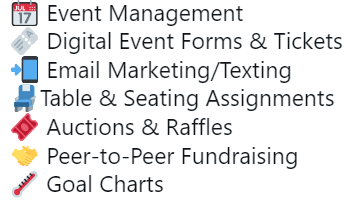
To see these features in action, visit donorview.com/demo and schedule a demo today!
